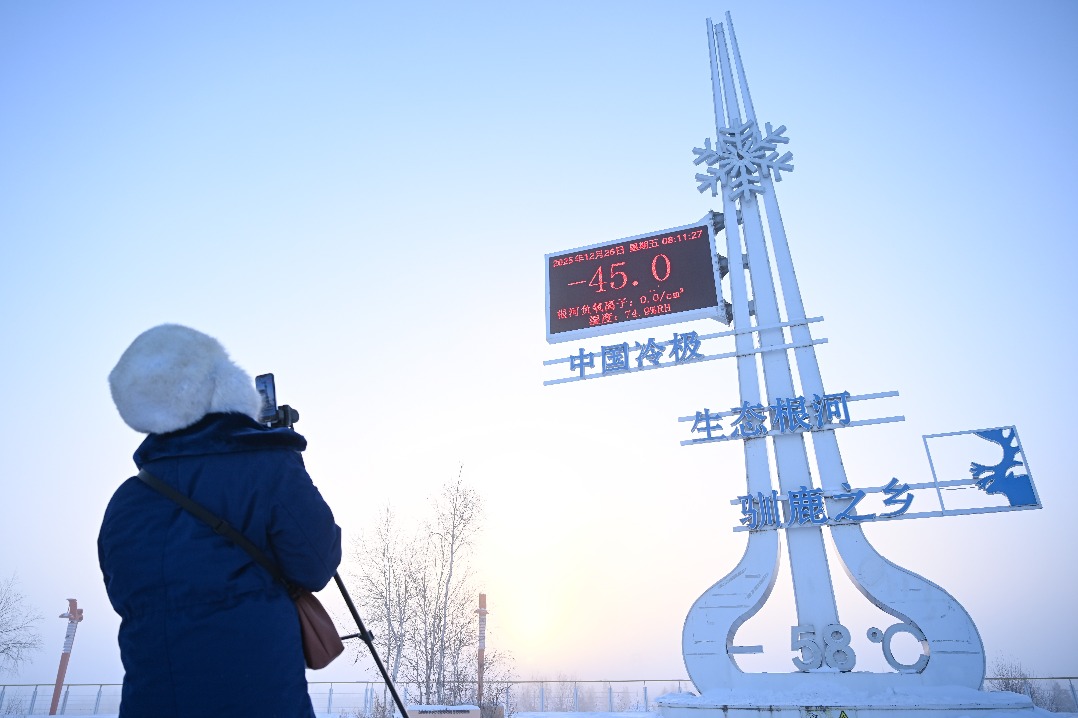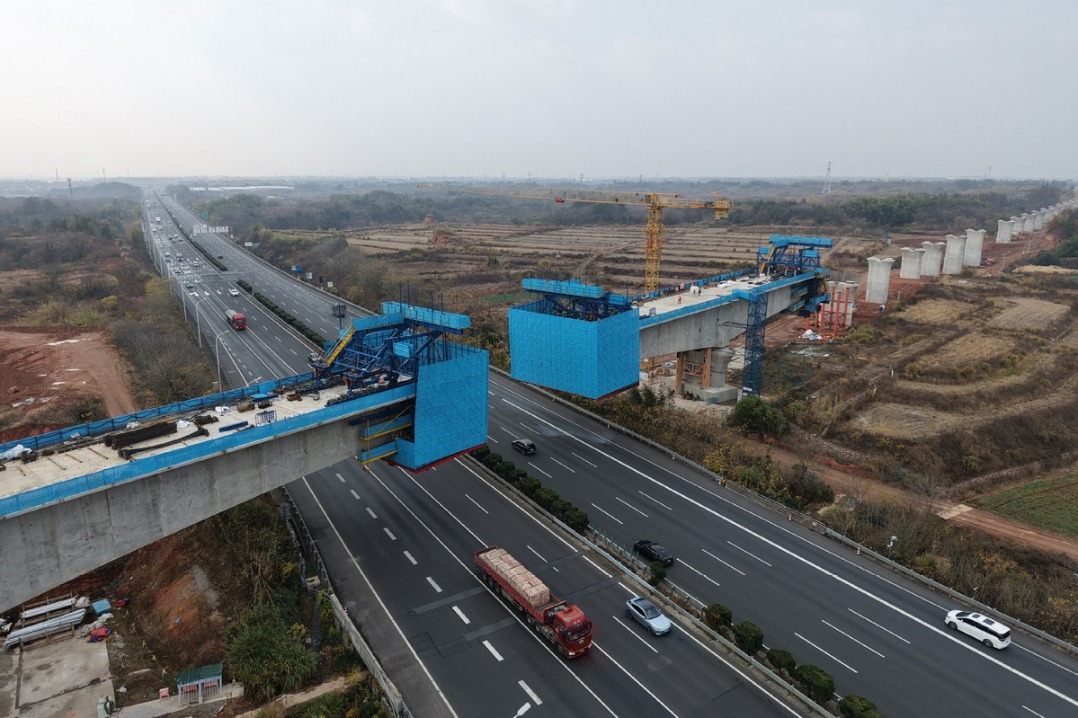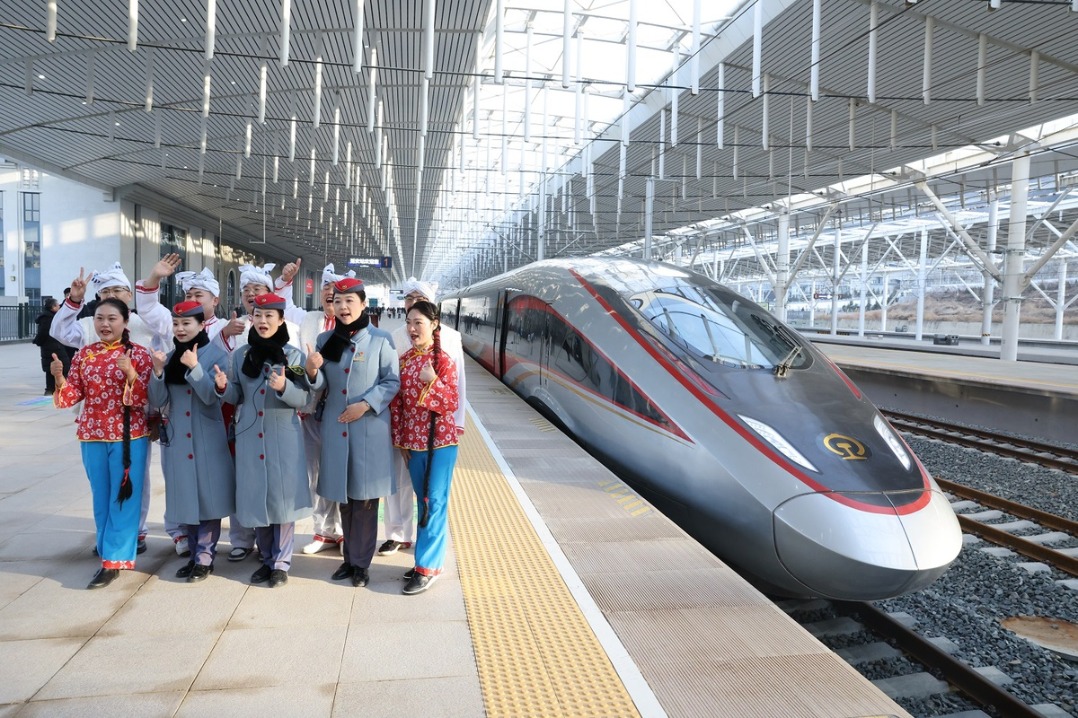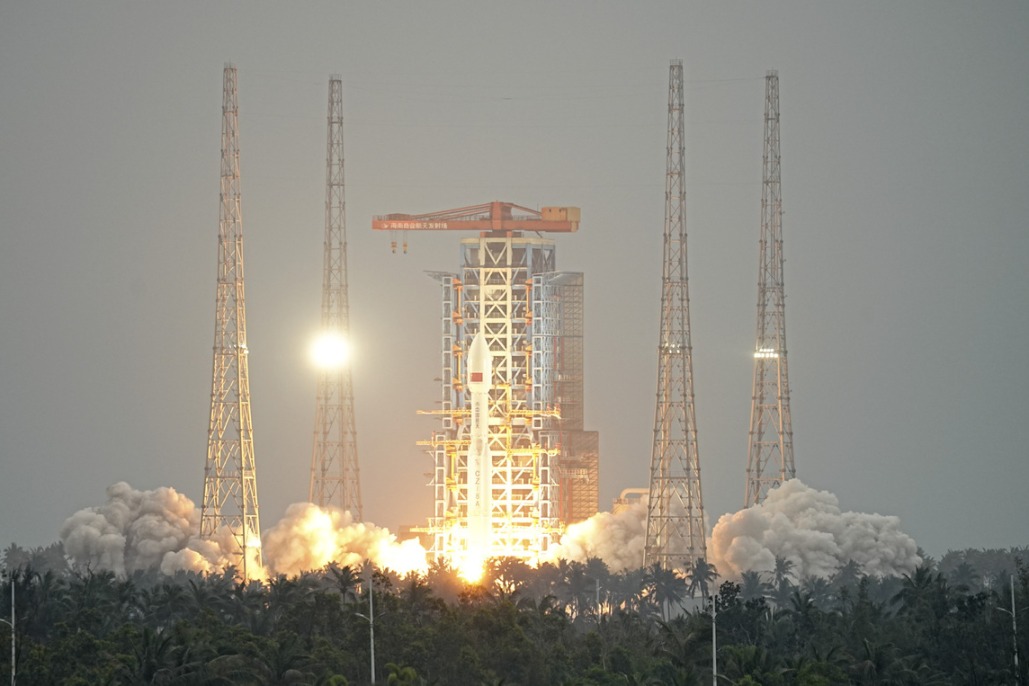Xinjiang geopark to boost tourism

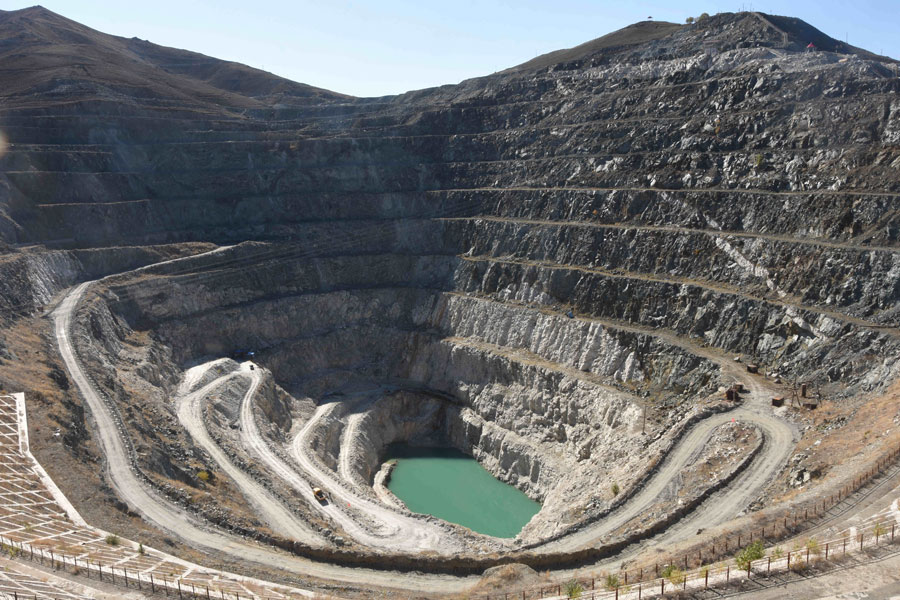
Northwest China's Xinjiang Uygur autonomous region has officially opened its first global geopark, turning an abandoned mine area in Keketuohai into a sustainable tourism destination that will improve local living standards.
Located south of the Altay Mountains and at the source of the Irtysh River, the park is the first global geopark in Xinjiang and covers more than 2,300 square kilometers. Visitors will be able to enjoy breathtaking views including the Irtysh Grand Canyon, a huge mine crater, lakes, mountains, a waterfall, fossils and rivers.
"The opening of Keketuohai geopark is a milestone in protecting the geological relics and developing tourism resources in a rational way," Du Shibao, director of geological environment at the Land and Resource Department, said at the park's opening ceremony on Oct 10.
UNESCO announced eight new global geoparks, including Keketuohai, in May last year.
"The geopark, characterized by a large mining area and geological relics of great significance, is expected to increase local incomes and drive the sustainable development of the local economy through its precious geological landscape and rare mine site," park official Jin Xiaochi said at the opening ceremony.
The global geopark designation is valid for four years. Jin said re-evaluation by UNESCO could encourage the local government to strengthen its protection and upgrade its infrastructure in order to favor tourism and develop a representative tourism brand, all of which will boost regional economic and social development.
Keketuohai was once a celebrated mine area in China, and rare metals were mined there for more than half a century. It earned national fame, as minerals in the area contributed to the country's aerospace and defense industries.
Due to resource depletion, mining was suspended in 2002, and Keketuohai was on its way to becoming a ghost town, affecting the incomes of local residents.
The central and local government have since invested more than 2 billion yuan ($289 million) to restore the mine area's environment, improve infrastructure and promote tourism. In 2005, Keketuohai was approved as a national geopark.
The park has numerous rare metal deposits and mine sites, unique Altay Mountain granite landforms, earthquake relics and the beautiful scenery of the Irtysh River. It is now a comprehensive natural park integrating geological research, the popularization of science, sightseeing and leisure, with great scientific value, distinctive local characteristics and attractive natural scenery.
Last year, the average annual net income of rural residents and herders in Keketuohai topped 13,000 yuan, having risen by more than 10 percent in a year. Nearly 3 million domestic and foreign tourists visited Keketuohai in 2017, up over 50 percent year-on-year.
"The local government will introduce professional management and operation services, brand resources and technology to build a first-class global geopark and tourist attraction, which is set to offer visitors sightseeing opportunities, as well as provide scientific knowledge," said Sun Yujiang, deputy Party secretary of Fuyun county, which encompasses the park.
- Influencers barred from vulgar, false, or harmful content
- Hangzhou–Quzhou High-Speed Railway begins operations
- China records rise in survival prospects for child and adolescent cancer patients
- Ministry unveils draft revision of the national air quality standards
- Xiaoguo Comedy launches nationwide year-end tour
- CPC expels former China Life Insurance president
















